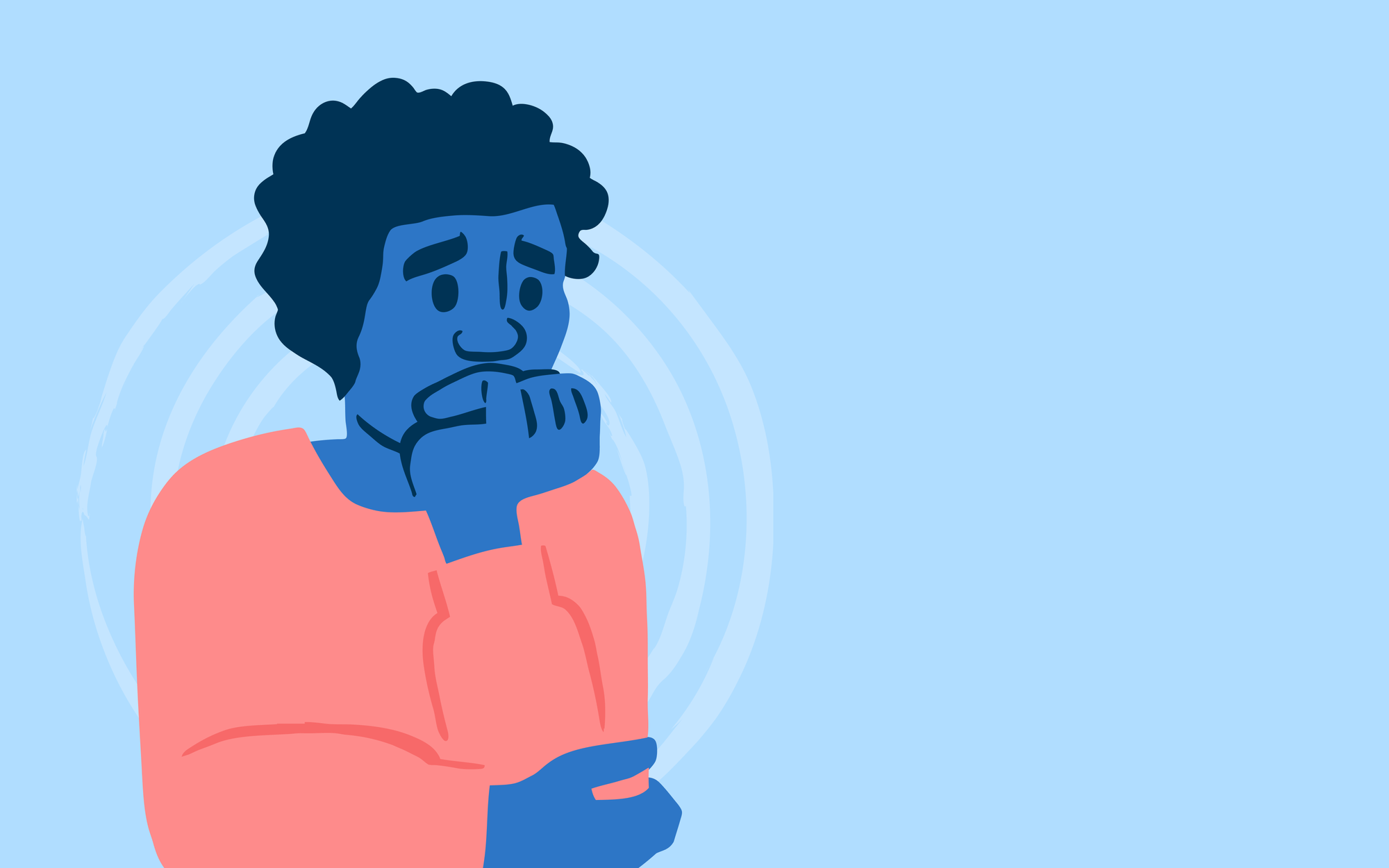Understanding Anxiety

Everyone has concerns in their lives that can lead to increased stress levels, whether these are issues regarding everyday life, work, relationships or finance. Worrying about the various aspects of one’s life is a normal occurrence and something that almost every person will find themselves engaging in. However, when stress levels reach a point where they become pervasive and take up most of our mental energy and attention, they can become detrimental to mental and physical health and impact on the ability to continue with our day-to-day activities. Experiencing significant disruption to daily life could be an indicator that you might be suffering from an anxiety disorder. When the anxiety manifests as pervasive and excessive levels of worrying about a variety of everyday life events with no obvious cause, you might be suffering from a Generalized Anxiety Disorder (GAD). In addition to these symptoms, a sufferer may find themselves constantly engaging in overthinking about various situations and outcomes, as well as focusing on the worst-case scenario of any situation. They may regard most situations as threatening and be unable to relax. Physically they may experience restlessness, and a sense of keyed up energy and might have difficulty sleeping with high levels of fatigue. Handling situations of uncertainty and decision making might be extremely difficult when suffering from GAD. In addition to this, a subset of those diagnosed with GAD may find themselves suffering from panic attacks. This is often a surge of fear and anxiety that is accompanied by various physical symptoms including dizziness, tingling or numbness, a racing heartbeat, shaking, chills or hot flushes, increased sweating, chest pains and nausea. This is often accompanied by fears of dying or loss of control as well as feelings of detachment or unreality. Treatment for various anxiety disorders can be the use of anti-anxiety medication as prescribed by your doctor, therapeutic intervention or a mixture of both medication and therapy.